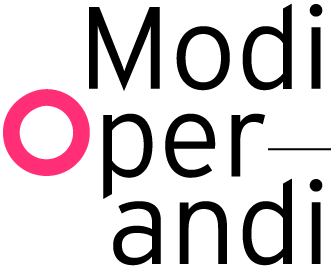THE WUNDERKAMMER
To somewhat substantiate this claim, I have taken the example of Wunderkammers here. These ‘cabinets of curiosities’ are the spectacular architectural constructs which date back to colonial Europe and were materialized through the assemblage of objects which were brought together from multiple geological, archeological, spiritual, or artistic sources.
Wunderkammers are both actual and virtual spaces that simultaneously activate and are activated by playing. In other words, play operations are both the cause and effect of such spaces.
Play is initially activated when the collector encounters the unfamiliar and untimely object which he[5] is unable to easily posit within his conventional modes and categories of thought and language. The syntax systems that are available to him are suddenly suspended. His curiosity and imagination are instead activated.
The play mode is extended to the collector’s actions of creating the Wunderkammer. He starts arranging the objects. A taxidermized crocodile can easily sit next to other taxidermized animals as they are taxidermized animals, it can be placed on the same shelf next to a vase as they have the same height, or it can be categorized together with a toy because they are both green. However, it is rather difficult or even impossible for him to construct an all-encompassing order which can be applied to all objects. For instance, if he decides to order the room according to the function of the objects, how can he posit the new wooden piece he found in his recent trip to Africa? He does not know what it does, he should therefore rearrange the space again. The wondrous unknown objects guarantee the sustaining of the collector’s play.
The state of play is extended to the operations of the architectural construct. The crocodile which is organized with other taxidermized animals operates radically different from the crocodile juxtaposed with a toy. Similarly, a shelf which contains multiple taxidermized animals operates differently from a shelf which is ordered according to height. Therefore, the collector’s playful actions of arrangement and rearrangement affect the operations of space. Moreover, the inability of the collector to place the strange object results in the object’s place-lessness or misplacement which affects the chosen ordering system. The wonderous object makes the ordering system vulnerable and operative as it does not allow the ordering system to be fixed. The space of the Wunderkammer is constantly operating through play even without the collector (its ‘architect’) being there anymore. The wonderous object sustains the continuation of play through the operations of the architectural construct. The play of the architect extends to the play of the architectural construct.
The state of play also extends to the ‘reception’ of the space by the ‘users’. The visitor of the Wunderkammer or the viewer of its depiction is not a passive receiver anymore but an active agent who reconstructs the space. The operations of arrangement and re-arrangement are happening for the person who encounters the Wunderkammer as well. One is constantly reconstructing the space through imagination.
The condition of the extension of play, however, should not be understood as a linear process. There is never a force which moves directly from the architect to the construct and finally to the ‘user’. To affect is to be affected, therefore the path of a force is never a linear path. As Deleuze writes in his study on the Nietzschean concept of will to power: ‘each time we point out the nobility of action […] we must not forget that reaction also designates a type of force’.[6] Indeed, the ‘capacity for being affected is not necessarily a passivity but an affectivity, a sensibility, a sensation’.[7]
In fact, in Wunderkammers the agents of the collector, the space of the room, the renaissance visitor, and the 21st century person behind the laptop, and the strange object, are all engaging in highly relational operations of play. Neither the agents nor the agencies are independent. The play of architecture is not so separate from the architecture of play, the play in architecture, or the architecture in play.
The study of play in relation to architecture, and the study of play in relation to any other topic for that matter, should be sensitive to this relational operativity of play. Play teaches us that it is not approachable through the conventional modes of categorization and language. How can the tripartite architectural actions of the design-‘function’-‘use’ be treated separately? A state of intoxication, as Nietzsche would have said, always accompanies play which should be considered seriously, at least through the body of knowledge that is produced on the topic.
Free PDF: A Wordplay on Architecture and Play: Nasim Razavian
